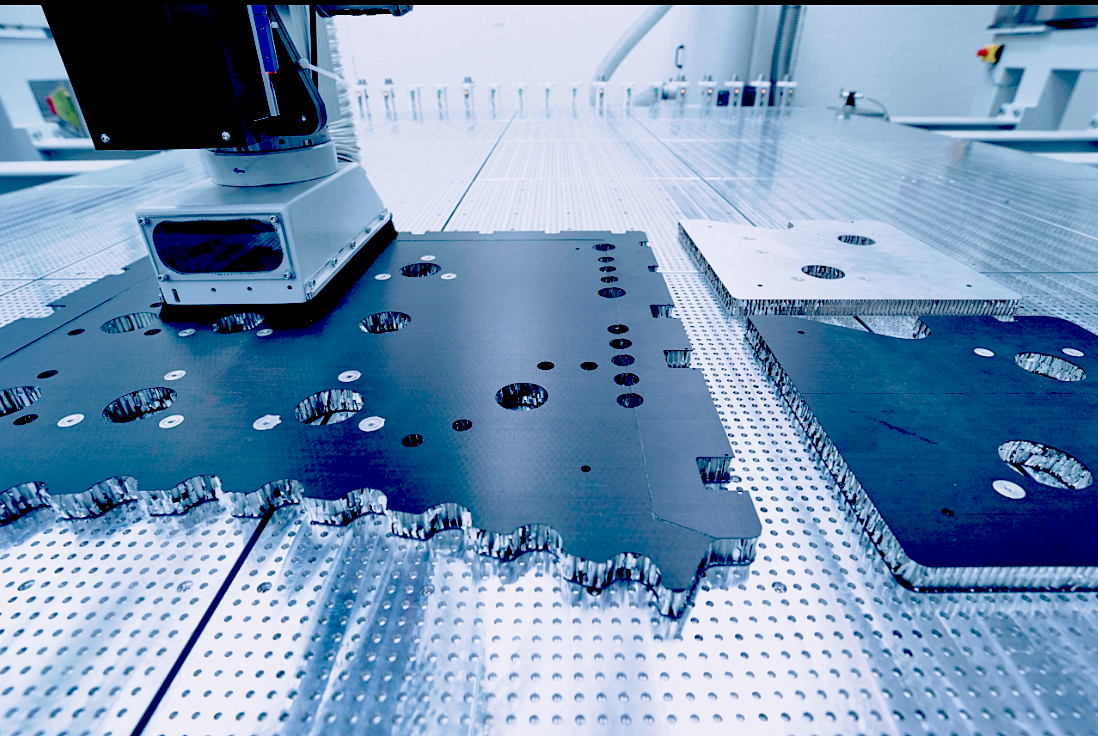
Here's a big job for RUAG Space... build 900 satellite structures for OneWeb's satellite constellation of 900 satellites, to be delivered by year's end 2020. OneWeb's plan is to provide fast Internet to four billion people who currently have none, particularly in developing and newly industrialized nations. OneWeb will offer people new opportunities for information, education and economic growth.

RUAG Space plans to start manufacturing the satellite structures early next year. Comparable to an automotive chassis, this structure serves as the backbone for all other modules on the satellite. In total, RUAG Space will build 900 satellite structures, the largest mass production of satellites in history.
OneWeb is revolutionizing global connectivity and by far the largest satellite constellation ever. In just a few years’ time, about 900 satellites will be manufactured to be launched into low Earth orbit at an altitude of around 1,200 kilometres. These will offer broadband Internet with up to 50 Mbps around the globe.

OneWeb shareholders are Virgin Galactic, Qualcomm, Intelsat, Hughes Network Systems and Coca-Cola. OneWeb Satellites, the company responsible for the satellites’ construction, is a joint venture between the OneWeb consortium and Airbus Defence and Space, Europe’s largest satellite builder.

“The aerospace industry is undergoing a disruptive transformation,” explains Peter Guggenbach, CEO RUAG Space. “In what’s known as new space, innovative start-ups and private investors are developing new commercial business models for aerospace applications. Several years ago, we started technology and product developments to be a competitive player in this segment. The current OneWeb order proves that we’re on the right path,” he says.
For the production of the OneWeb satellite structures, RUAG is relying on systematic use of automated processes and employing a lean manufacturing philosophy. For instance, one new production method is to use robots to position special equipment inserts within the satellite structure’s sandwich panels. These inserts can then be used to firmly attach equipment such as instruments or sensors to the structures. A typical communications satellite has up to 5,000 such inserts. Thus far, the aerospace industry has always positioned them using manual processes. RUAG has now developed a method that makes use of robots, which significantly reduces the time and cost of manufacturing satellite structures.
The satellite structures order is already the second successful contract for RUAG Space in the OneWeb project. The Swedish business unit received the order to supply the dispenser, which functions as an interface between the rocket and satellite. This component ensures that, with one Soyuz rocket, up to 32 OneWeb satellites can be gradually deposited in space safely.

